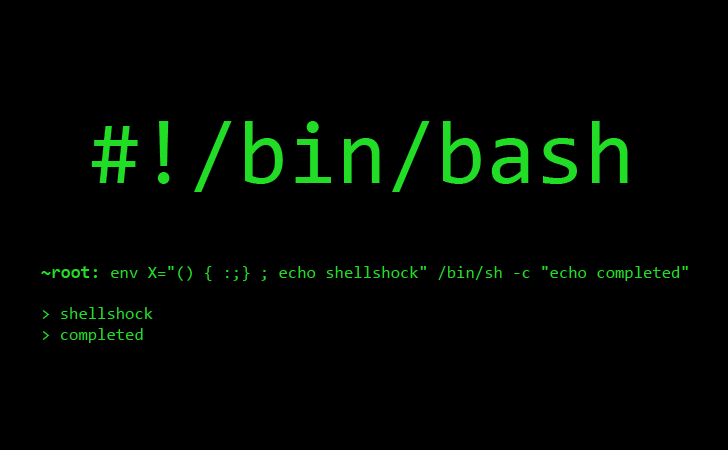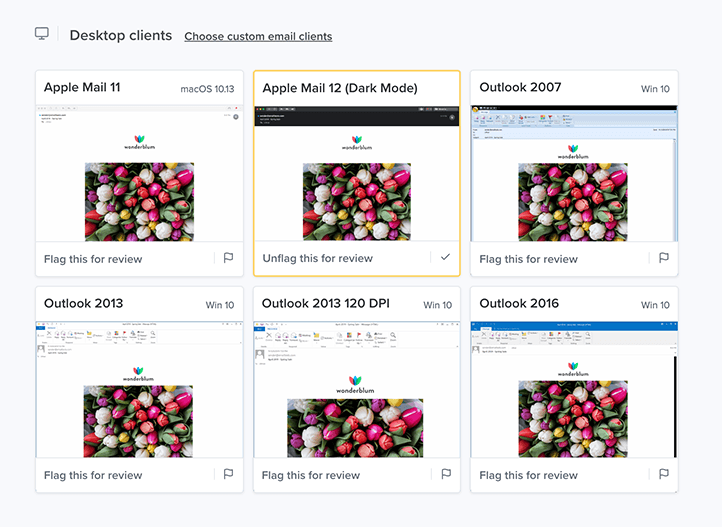
C # ADO database access What I want to talk about in this section is something that everyone cares about and is certainly very interested in. hey hey, it's also the best part of my tutorial-ADO database access. this reminds me of the 'database access' series I wrote last year! So, if you think it is hard to understand the record set or something like that, I recommend you read my articles first. Well, let's get started! What is ADO (ActiveX Data Objects translated as ActiveX Data Objects), ADO is a very simple idea, an idea that allows you to access Data in only one way. ADO is not a new idea. It only uses the existing data access technology to integrate it. if you don't understand ADO, think about ODBC! In fact, we used ADO when we were engaged in ASP. Remember the set conn = Server that we used countless times. createObject ('ADODB. connection? Yes, it is. for some conceptual items of ADO, please refer to the materials on your own. However, it doesn't matter if you don't know it. Just think of it as a tool for accessing data from M $! OK. The following example is based on a database of M $ ACCESS 2000. Its structure is as follows. The table name is Categories and the file name is BugTypes. mdb. Please create one quickly:
Okay. I will write all the programs first, and then let's try it with one sentence: Free download browser protection software. The output in this example is: Found data table Categories CategoryName [1] is Bugbash stuff |
Bug Bash Gbjam5 Mac Os Download

Bug Bash Gbjam5 Mac Os Catalina
1 Bugbash Stuff 2 Appweek Bugs 3. NET Reports 4 Internal Support OK, I'll write all the procedures first, and then we'll taste the sentence by sentence: M://Ado adosample.cs 001:using System; 002:using System.Data; 003:using System.Data.ADO; 004: 005:public class MainClass 006: 007:public static void Main 008:. Pip3 install PyInstaller mac/makebundle.py You can now go to /Applications and open the Gajim app. Note: when using the.app method, the cloned gajim repository has to stay at it's original location ($(pwd) at time of creation), or Gajim.app will fail to run and you will have to re-run mac. Data recovery software can often detect and recover files from bad disks that are not detected by the operating system and that refuse to mount. Data recovery labs are extremely successful at this operation but the price can be too high for many. Select the drive associated with the not-mounting hard disk from which data has to recovered. OS X Mavericks 10.9.5 shipped with Bash version 3.2, one of the seven versions of Bash vulnerable to the Shellshock bug. To test if you are vulnerable, you can search for the Terminal program on.
C # ADO database access What I want to talk about in this section is something that everyone cares about and is certainly very interested in. hey hey, it's also the best part of my tutorial-ADO database access. this reminds me of the 'database access' series I wrote last year! So, if you think it is hard to understand the record set or something like that, I recommend you read my articles first. Well, let's get started! What is ADO (ActiveX Data Objects translated as ActiveX Data Objects), ADO is a very simple idea, an idea that allows you to access Data in only one way. ADO is not a new idea. It only uses the existing data access technology to integrate it. if you don't understand ADO, think about ODBC! In fact, we used ADO when we were engaged in ASP. Remember the set conn = Server that we used countless times. createObject ('ADODB. connection? Yes, it is. for some conceptual items of ADO, please refer to the materials on your own. However, it doesn't matter if you don't know it. Just think of it as a tool for accessing data from M $! OK. The following example is based on a database of M $ ACCESS 2000. Its structure is as follows. The table name is Categories and the file name is BugTypes. mdb. Please create one quickly:
Okay. I will write all the programs first, and then let's try it with one sentence: The output in this example is: Found data table Categories CategoryName [1] is Bugbash stuff |